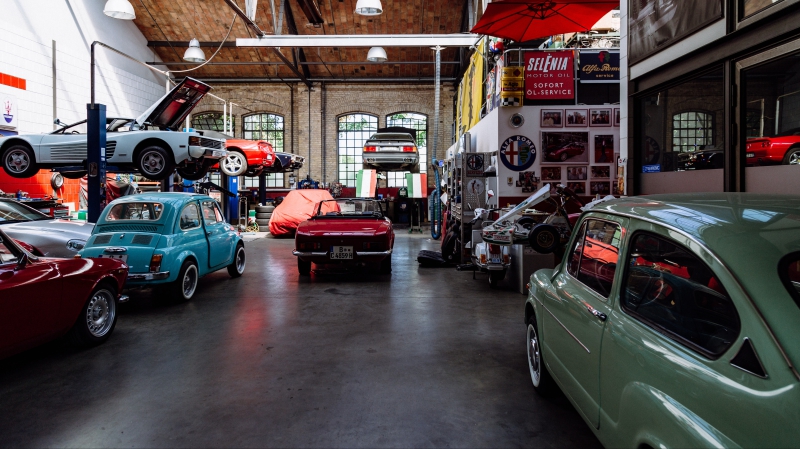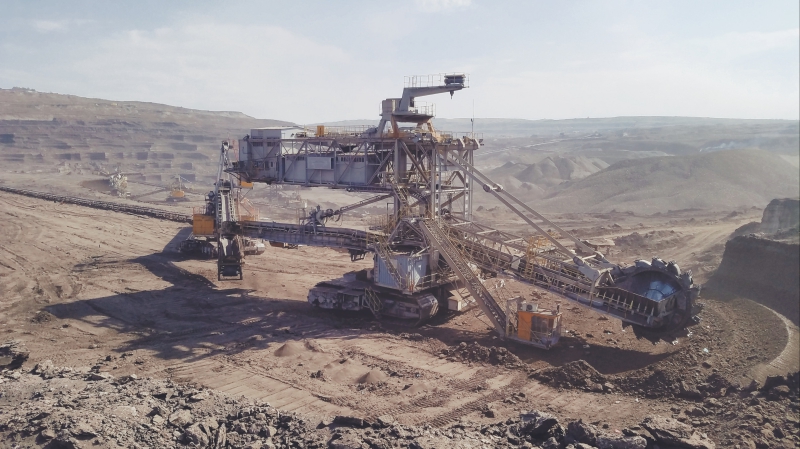There is no clearer indication that society is in a decline better than seemingly mundane items being traded like the treasured rectally smuggled cigarettes in a SuperMax. So when reports started emerging of London hoodlums pilfering catalytic converters of Toyota Priuses, you start to wonder if we are soon to join the ranks of Lord Humungus.
Like income taxes, the catalytic converter is one of those banal things that many don’t give a second thought to, that is until the bureaucrats start poking around. That being said, these catalytic converter bandits weren’t out to vex self-righteous Prius owners but to extract its valuable contents, palladium.

Unless you are a commodity trader or an engineer, palladium doesn’t come across as a particularly attractive or coveted metal. The silvery-white metal is a lighter version of platinum that is less resistant to heat and oxidisation. Although it has been used in the past as a substitute for platinum in jewellery, engineers found it as an ideal catalyst to filter out unburnt fuel and carbon monoxide from a vehicle’s exhaust system.
Its ideal properties in cleaning up vehicle emissions has resulted in palladium being mainly used in catalytic converters, with around 80 per cent of supply destined for automotive purposes. Unglamourous yes, but with a spot price of USD2500 per ounce at the start of 2020, with gold costing USD1000 less and platinum is valued at half that. Forget pawning off the family gold, just grab some spanners.

Thing is, palladium prices were never this high. After the Great Financial Crisis, prices for the metal cratered in 2008, only to make a rebound to USD700 per ounce where it stabilised between 2010 and 2015. Prices climbed to USD1100 in 2018 before rocketing to a peak of USD2500 at the start of 2020.
Observers point to tightening emission regulations, particularly in China where it increased the requirement for palladium by 30 per cent per vehicle, coupled to supply deficits that have been ongoing since 2012 and dwindling stockpiles, as the cause of the recent rally in prices.
While the runaway prices of palladium are reminiscent of the infamous commodities boom of the early-2000s, it turns out that speculators aren’t the primary driver in the price surge. In fact, the supply deficit is unlikely to be resolved soon, with the two primary sources of palladium being located in Russia and South Africa, and the metal being the byproduct of nickel mining.

Furthermore, with platinum being tipped as “the cheaper” alternative to palladium, and palladium and the more expensive rhodium said to be the only metals capable of cutting nitrogen oxide emissions, some market analysts believe that the prices will remain high over the next few years, as automakers brace for a bigger dent to their bottom line.
This less than optimistic outlook might force, rather than urge, automakers to seek out alternative drivetrain technologies or plough more resources and hedge more bets on the electric car. After all, with lithium being a lot more common than palladium, healthy global demand for batteries in both the automotive and electronics sectors, and more resources being poured into battery development, the rise in palladium prices might be the catalyst to spark a new revolution in the auto industry.

Just as how the crippling oil embargoes of the 1970s sowed the seeds for the rise of small, fuel-efficient city cars, the rising demand and prices of palladium might incite more change than law or rhetoric. After all, from the demand for spice forcing Europeans to chart a route around Africa to the commodities boom bringing about a new era of hybrid cars, history is full of examples of how the course of human history is changed on a dime.

